
India urged to boost health spending to support sector’s growth
Much of the outlay comes from the private sector and out-of-pocket payments.
India should raise public healthcare spending to keep pace with its rapidly expanding medical sector, which is projected to reach $638b in 2025.
Without sufficient investment in workforce, systems, and access, the sector’s growth could stall, analysts said.
“India currently spends only 1.9% of its GDP (gross domestic product ) on healthcare,” Vivek Desai, founder and managing director at HOSMAC India Pvt Ltd., told Healthcare Asia. “Most of that comes from the private sector, out-of-pocket payments, and private insurance.”
In contrast, Japan, the US, and many European countries spend more than 10%, he said via Zoom.
India’s healthcare market is expected to hit $638b this year after growing 18% annually in the past 16 years to $400b last year, according to a report by Way2Wealth Brokers Pvt. Ltd.
The government has allotted about $11.4b (₹99,859 crore) for the healthcare sector for 2025 to 2026—11% higher than the previous year—with a focus on critical infrastructure. About $582m (₹5,109 crore) was earmarked for the Ayushman Bharat Health Infrastructure Mission, targeting 30,000 more critical care beds and 200 cancer daycare centres.
There are also public-private partnerships, such as the Delhi government’s plan to build about 1,000 urban health and wellness centres, said Priyanka Aggarwal, India and Southeast Asia leader for healthcare practice at Boston Consulting Group.
But infrastructure alone is not enough. “The budget’s success depends on timely execution and continued strengthening of primary care and disease surveillance,” she said in a separate Zoom interview.
Desai stressed the importance of direct investment in rural healthcare, where the private sector remains hesitant due to staffing challenges. “We’re still largely focused on tier two and three cities. Doctors need to be willing to work in the country’s rural parts.”
Aggarwal said the National Health Mission’s funding has stagnated, and many community health centres face staffing shortages. “Performance-linked grants and increased funding for rural primary healthcare could help lay the foundation for stronger long-term health outcomes in the country,” she added.
Desai said hybrid workforce models could bridge rural gaps, citing China’s barefoot doctor system. “India did have that kind of course until the 1950s and 1960s, but it was eventually discontinued.”
Despite a doubling of medical colleges in the past decade to more than 650, India still faces major specialist shortages, including radiologists and paediatricians, Desai said. “The government is now exploring ways to improve this, including allowing private hospitals to train students.”
Aggarwal cited reimbursement delays under schemes like Ayushman Bharat PM-Jay as another major hurdle.
“Some private hospitals exited the scheme due to this,” she said. “The government must ensure faster claim settlements and timely fund disbursements to encourage sustained private sector engagement.”



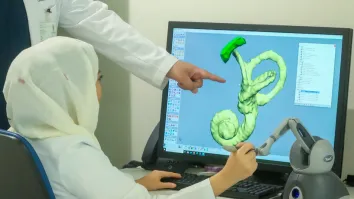
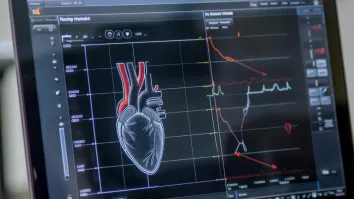
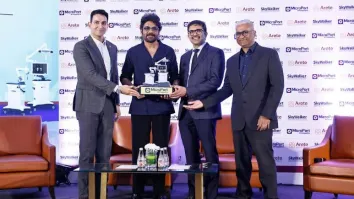

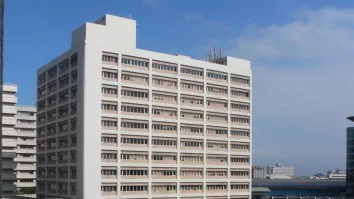


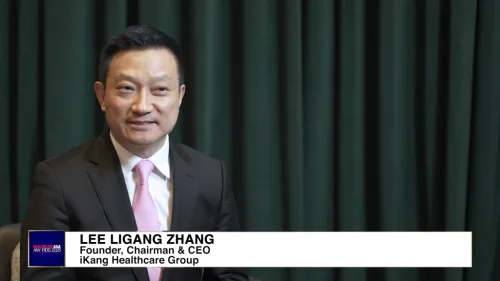

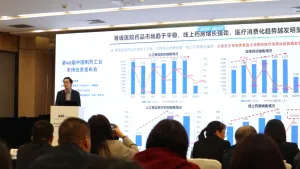
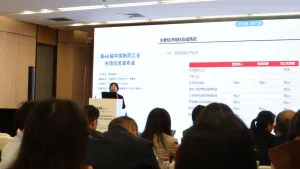
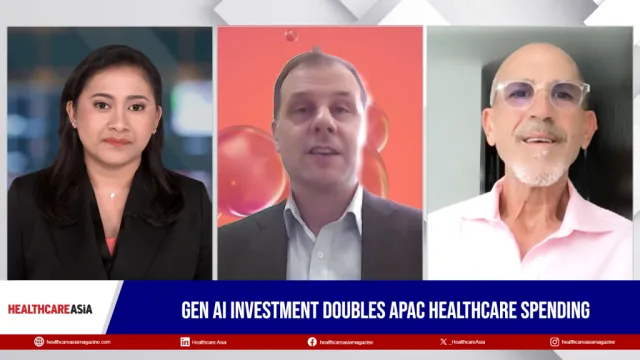


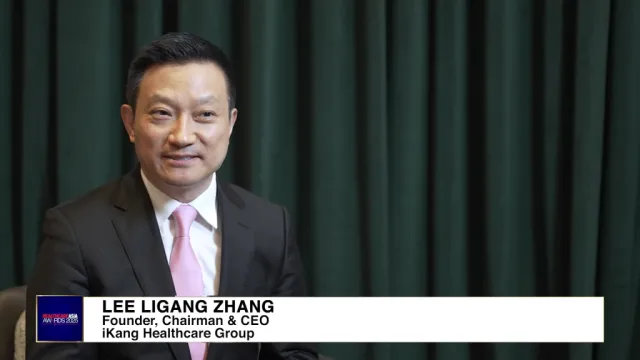

 Advertise
Advertise





